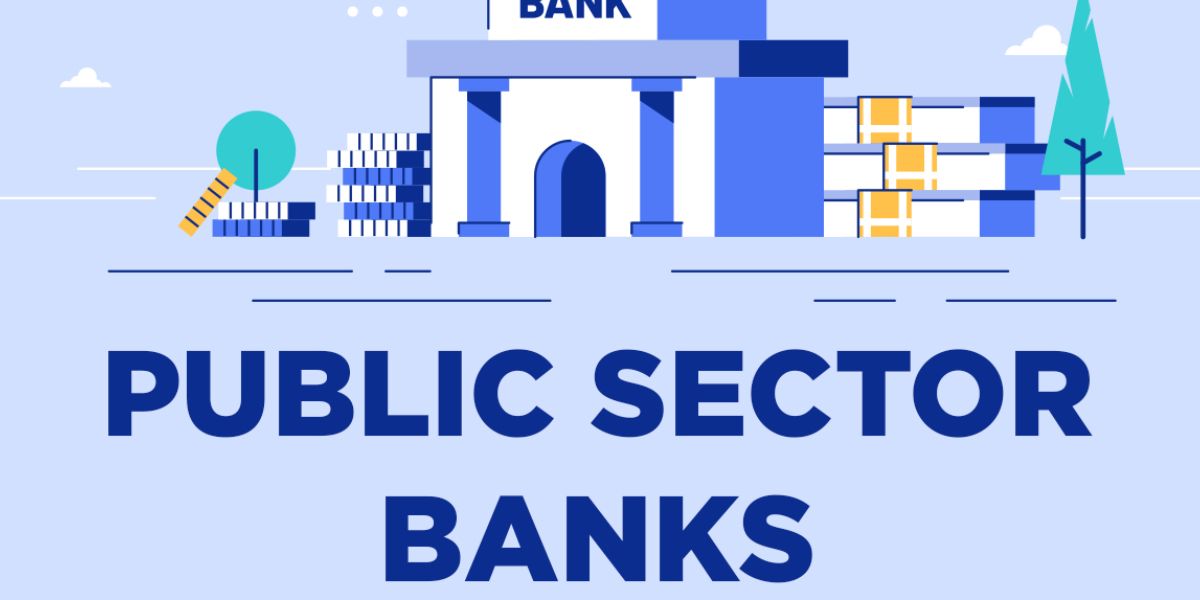India’s financial sector has undergone rapid modernisation in the past decade, and Public Sector Banks (PSUs) have emerged as major drivers of this shift. From expanding UPI adoption to rolling out AI-powered customer support, PSU banks are reshaping how millions of Indians access and manage their money. This transformation is not only increasing efficiency and financial inclusion but also strengthening the country’s digital economy.
The Rising Importance of Digital Banking in India
India’s digital payments ecosystem has grown exponentially. UPI transactions now cross billions each month, and customers increasingly prefer online banking over branch visits. PSU banks, with their vast rural and urban reach, play a critical role in ensuring digital services are accessible to every citizen.
Table of Contents
Why PSU Banks Matter in Digital India
- They serve the largest portion of the country’s population.
- They operate extensive branch and ATM networks, especially in rural regions.
- They support government-led digital programmes such as Jan Dhan, DBT, and Aadhaar-enabled services.
State Bank of India: Setting the Benchmark
State Bank of India (SBI) remains the frontrunner in PSU digital transformation. Its digital platform YONO has become one of the country’s most widely used mobile banking apps.
Key Digital Initiatives from SBI
- YONO’s unified ecosystem combining banking, shopping, insurance, and investments.
- AI-based customer support for faster issue resolution.
- Integration of secure digital authentication using Aadhaar and facial recognition.
SBI’s ability to innovate at scale has made it a model for other PSUs.
Bank of Baroda: Advancing Customer-Centric Digital Solutions
Bank of Baroda (BoB) is another leader investing heavily in digital channels. Its platform bob World delivers seamless internet and mobile banking experiences.
BoB’s Major Digital Transformation Moves
- End-to-end digital journeys for account opening, loans, and bill payments.
- Data analytics to personalise financial product recommendations.
- Upgraded cybersecurity and fraud detection systems.
BoB’s large presence in rural areas helps bring digital tools to regions where adoption has traditionally been slow.
Punjab National Bank: Combining Tradition with Technology
Punjab National Bank (PNB) has made significant progress by enhancing its digital customer experience and modernising core banking infrastructure.
PNB’s Digital Push
- Enhanced mobile app features including card control, loan calculators, and instant payments.
- Partnerships with fintech startups for faster service delivery.
- Upgraded ATM and kiosk networks to support cashless transactions.
PNB continues to focus on improving digital literacy among its customers, especially first-time online banking users.
Union Bank of India: Strengthening Digital Inclusion
Union Bank of India has emerged as a strong digital competitor after its merger with Andhra Bank and Corporation Bank.
Union Bank’s Digital Breakthroughs
- UnionNXT, its flagship digital banking platform, offering over 250 services.
- Automation of back-end operations for faster loan approvals.
- AI and machine learning tools for risk management and customer profiling.
Union Bank’s digital-first approach is helping it build a more agile and modern financial ecosystem.
How Digital Transformation Benefits India’s Banking Customers
Digital upgrades across PSU banks are not just about modern technology—they directly benefit everyday users.
Key Advantages for Customers
- Faster and paperless banking processes.
- 24/7 access to essential financial services.
- Greater transparency and reduced dependency on physical branches.
- Safer transactions through multi-layer security tools.
These improvements also support India’s goal of building a cashless and financially empowered society.
Challenges PSU Banks Still Need to Address
Despite major progress, PSU banks face some hurdles on their digital journey.
Ongoing Barriers
- Legacy IT systems that require modernization.
- Competition from agile private banks and fintech companies.
- Cybersecurity threats in an increasingly digital world.
- Digital literacy gaps in rural communities.
PSU banks are steadily tackling these issues through technology upgrades, training, and government-supported programmes.
The Future of PSU Banking in a Digital India
The next phase of PSU digital transformation will see:
Emerging Trends
- Increased use of AI in fraud detection, credit scoring, and customer support.
- Expansion of contactless payments and smart banking devices.
- Real-time cross-border payment solutions.
- Deeper collaboration with fintech innovators.
With these advancements, PSU banks will continue playing a pivotal role in India’s journey toward becoming a leading digital economy.
Conclusion
PSU banks have evolved from traditional institutions into dynamic digital service providers. Through mobile apps, AI-based systems, fintech partnerships, and customer-focused innovations, they are pushing India toward a more inclusive and efficient financial future. As these banks continue investing in technology, customers across the nation will benefit from smoother, faster, and more secure financial services.
What do you think about India’s PSU banks leading the digital transformation? Share your thoughts in the comments — visit indiapublicsector.com for more insights and updates.









